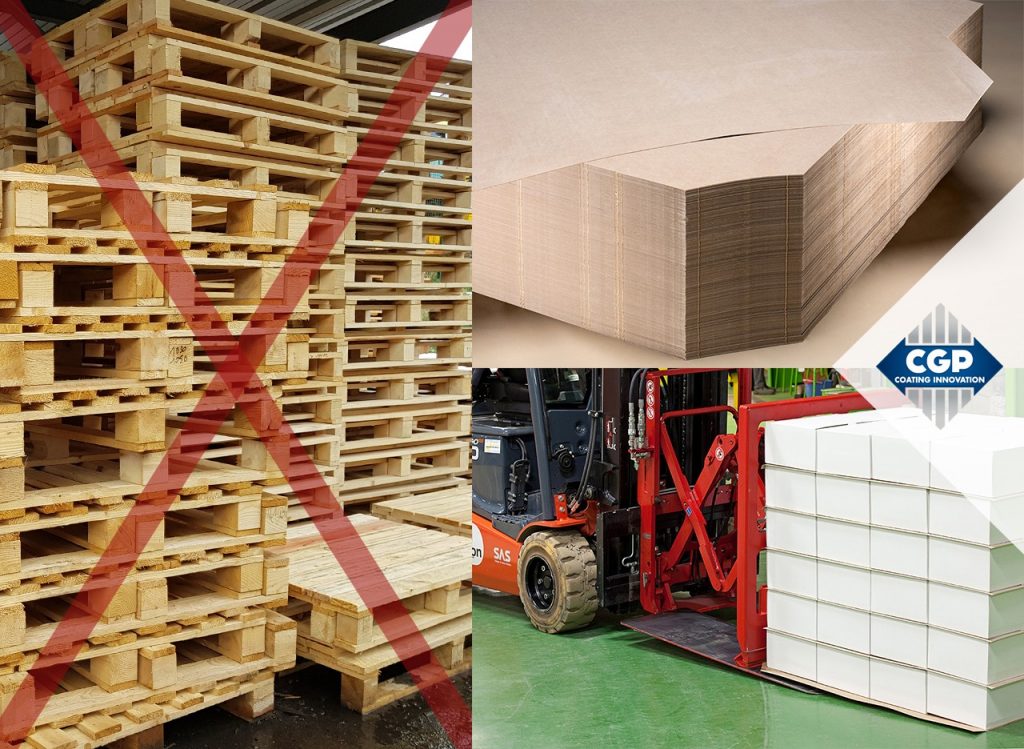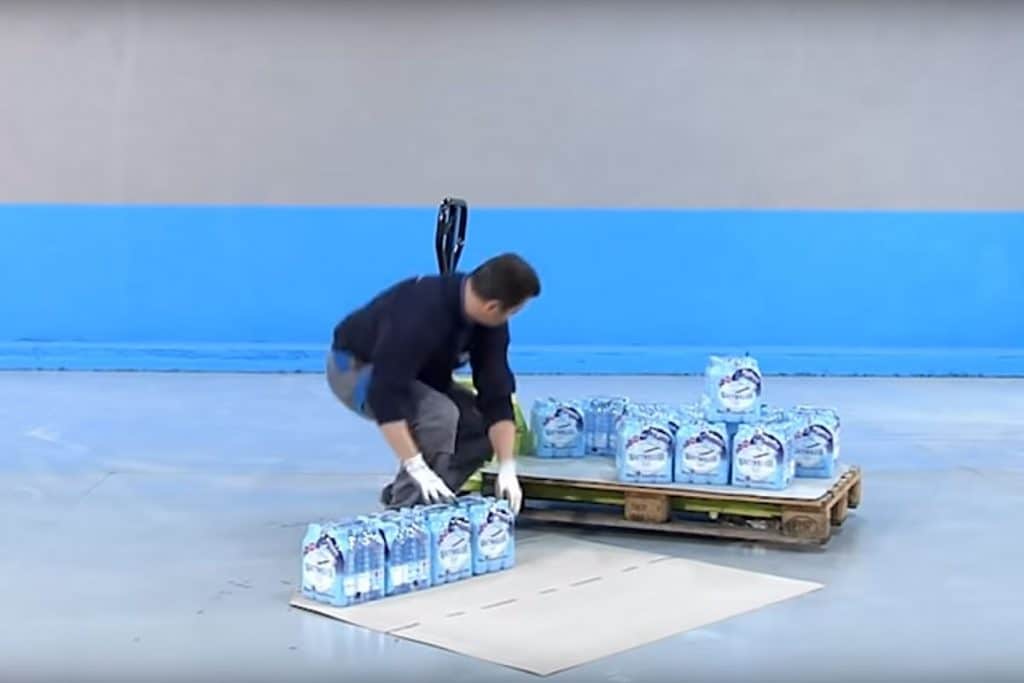How to optimize your palletizing pattern and loading plan?
In a world exchanging millions of containers each year, logistics and packaging teams meet new challenges motivated by transportation costs savings and ecological topics.
Thanks to computers, several software programs provide you some basic tips on palletizing pattern and loading plan. However, teams are now thinking out of the box and want to be guided towards new solutions. Solutions that come from the packaging itself!
Regarding palletization, the main target of packaging teams is to find the right balance between customers’ expectations (for instance: pallet stability) and high adaptation on their own palletizing lines. Therefore, packaging teams are constantly searching for innovative solutions on the market. First things first, the analysis and improvements of both primary and secondary packs are therefore critical for the future pallet pattern. Any mistake can lead to huge losses (both financial and ecological). That is why tertiary packaging plays an important role in the qualification of the new pallet pattern, especially the ones that challenge actual situation. Indeed, tertiary packaging brings technical assets that creates great opportunities for packaging teams. For instance, we have seen antislip coated paper increasing number of products layers per pallet load. This packaging materials integrates easily the palletizing lines of the factory and delivers a real value to the end customer.
Across the loading plan optimization, one of the chosen way is the elimination of the pallet support, used for bearing and transporting the goods from point A to point B. Considering that 20 pallets are placed in a 40-foot container, you can actually increase your Vehicle Fill Rate (VFR) by 4% if you avoid the standard wooden pallets. But the question remains: how to ship my products without pallets? Is bulk load the only solution to do so?




